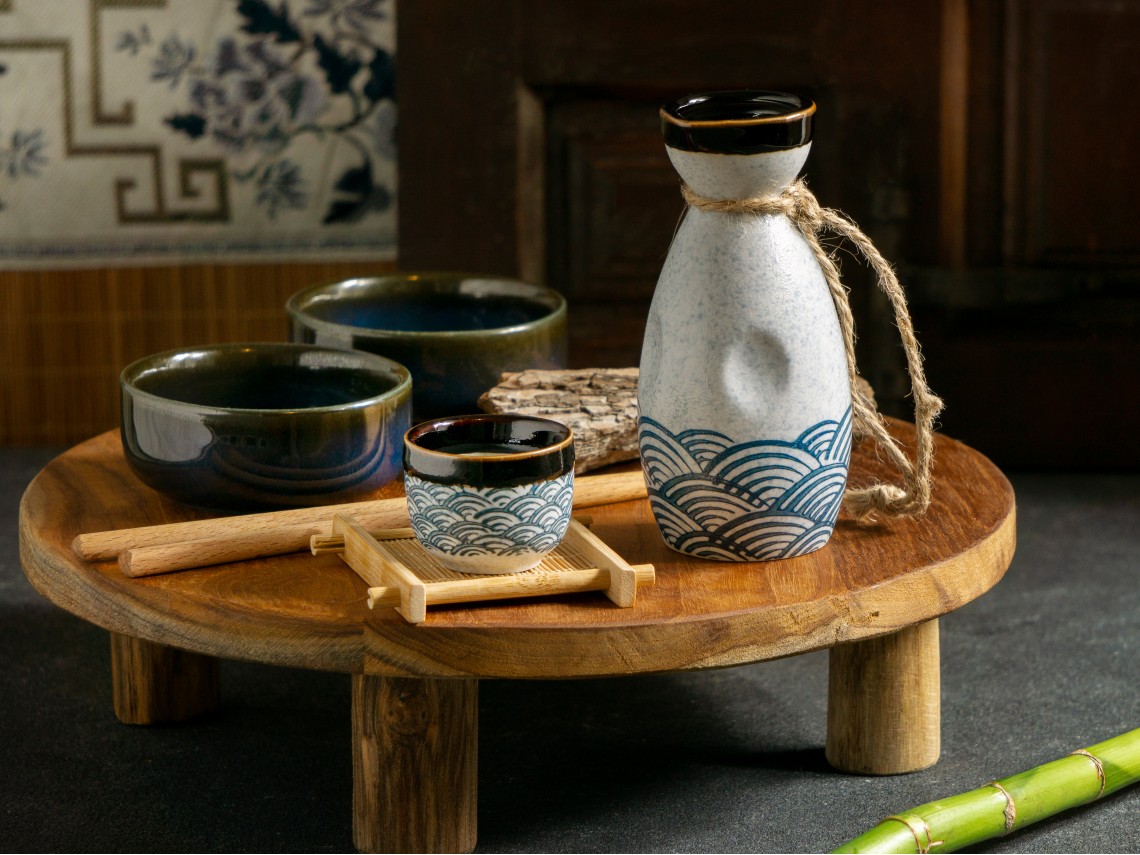Sake Glossary
01 Jul


| Toji | Head brewer and head of staff |
| Jizake | Local sake made by microbreweries |
| Junmai | Pure rice sake made from rice, koji, yeast and water, with no added brewer’s alcohol. |
| Daiginjo | The most expensive sake due to the highest degree of milling and lowest seimaibuai (at most 50%). Often soft, elegant and refined in flavour and aromatic. If you see the word Junmai in front of Daiginjo it means there is no added brewer’s alcohol. |
| Ginjo | Sake with a seimaibuai limit of 60%. Generally light and fragrant. |
| Honjozo | Sake with a max seimaibuai of 70% and usually with brewer’s alcohol added. Generally light, smooth and easy drinking. |
| Futsushu | Regular Japanese table sake. Approx 80% of sake in Japan sold is futsushu. You can get both fantastic as well as cheap and nasty futsushu. |
| Kura | Brewery |
| Kurabito | Brewery staff |
| Nama | Raw, unpasteurised |
| Namazake | Unpasteurised sake |
| Namasake | Unpasteurised sake (same as namazake) |
| Karakuchi | Dry |
| Amakuchi | Sweet |
| Muroka | Unfiltered |
| Genshu | Undiluted (cask strength) |
| Nihonshu | Sake |
| Nihonshudo | SMV or sake meter value |
| Koji | Malted rice (rice with koji mold) |
| Sando | Acidity level |
